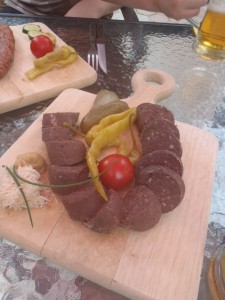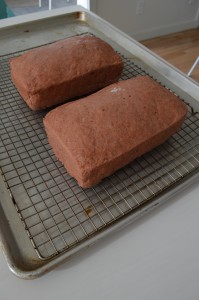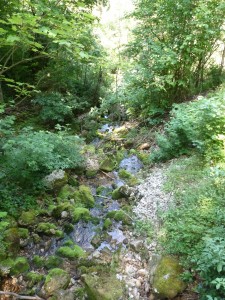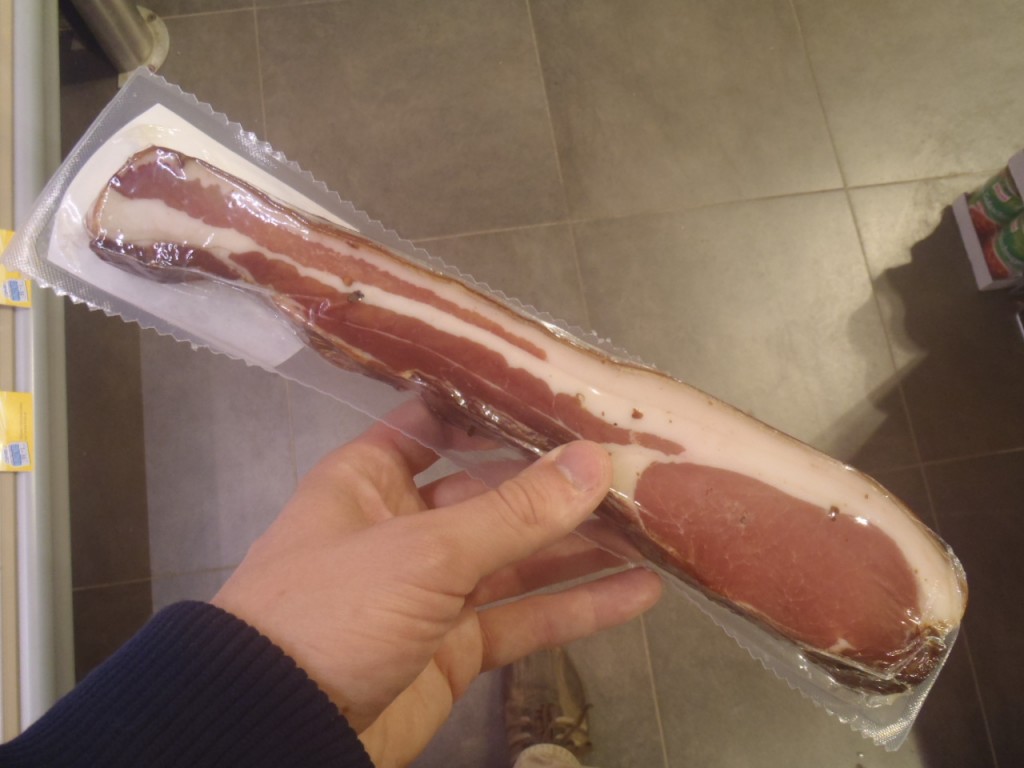 When I first had Blunz’n at a tavern in Austria I had a very narrow idea of what blood sausage was. Most of the blood sausage I had eaten before this moment I had made myself, following recipes in Ruhlman’s Charcuterie and the Au Pied de Cochon cookbook. These versions are simply pork blood studded with cubes of pork fat and onion. The Austrian Blunz’n before me was radically different: it was soft and moist, but closer in texture to a dumpling then boudin noir, and it was burgundy, not black.
When I first had Blunz’n at a tavern in Austria I had a very narrow idea of what blood sausage was. Most of the blood sausage I had eaten before this moment I had made myself, following recipes in Ruhlman’s Charcuterie and the Au Pied de Cochon cookbook. These versions are simply pork blood studded with cubes of pork fat and onion. The Austrian Blunz’n before me was radically different: it was soft and moist, but closer in texture to a dumpling then boudin noir, and it was burgundy, not black.
Before I left Austria I got a Blunz’n recipe from one of my chaperones. I read through the recipe and thought there must have been some kind of … Continue reading.




